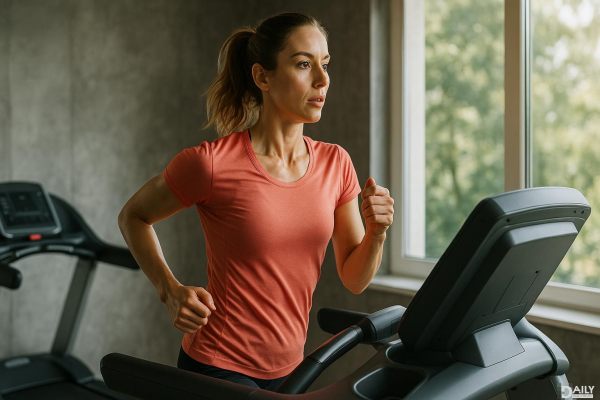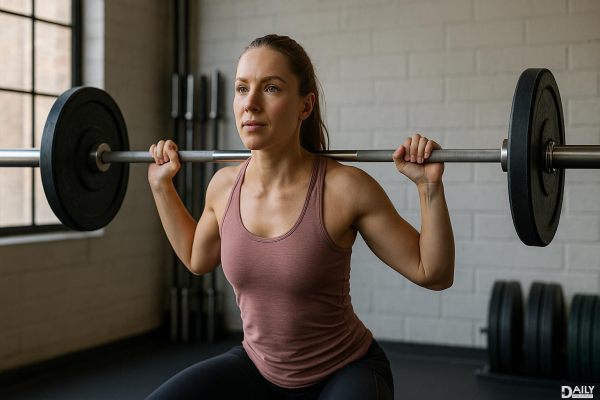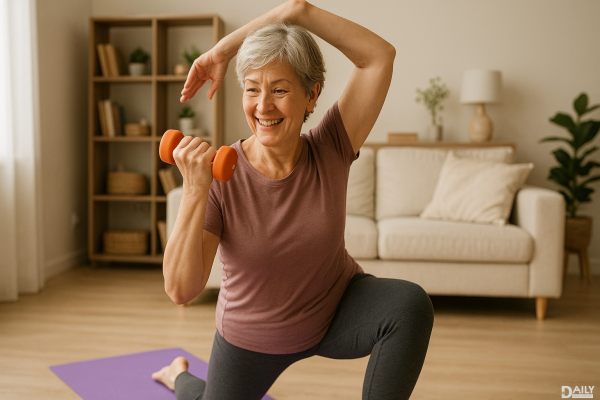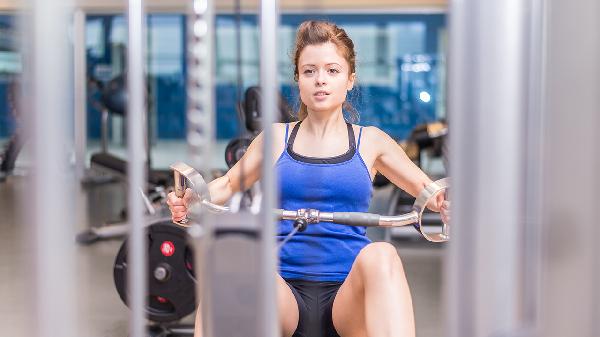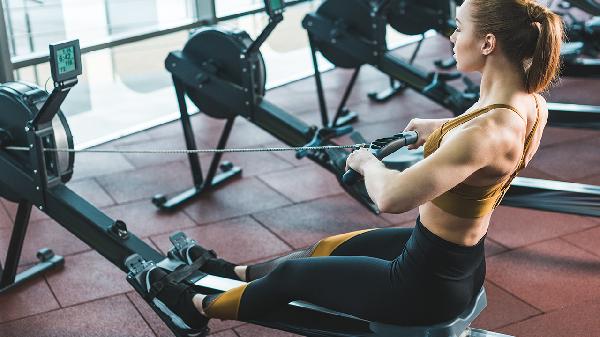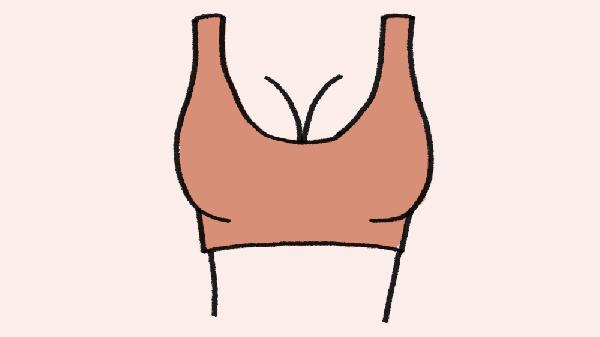It's best not to do sit-ups when your stomach hurts because sit-ups can affect the contraction of the stomach and may worsen the condition. It's better to rest more and wait until the stomach pain subsides before engaging in physical exercise. Stomach pain is likely caused by gastrointestinal discomfort due to eating something wrong, so you should focus on regulating your stomach and intestines. Since sit-ups can help regulate the stomach and intestines, it's best to avoid physical exercise when your stomach hurts.

It depends. If you have a muscle strain in your abdomen from sit-ups, it is recommended to stop exercising and rest for a while until it recovers to avoid making the strain worse. If you feel soreness after sit-ups due to insufficient blood oxygen supply to the muscles, which leads to a buildup of lactic acid, you can continue exercising to speed up the breakdown of lactic acid, but you should reduce the intensity of the workout.
Misconception about sit-ups:
Some people don’t have time to go to the gym and choose to do simple but effective exercises at home, hoping to lose weight. Sit-ups are a popular choice, and many believe that persistence will lead to weight loss. Correction: Relying solely on sit-ups can only achieve localized fitness effects because sit-ups directly target the abdominal muscles. Long-term exercise may strengthen the abdominal muscles, but other parts of the body, such as the thighs and hips, receive less workout. Therefore, the first thing to pay attention to is to effectively combine sit-ups with other fitness methods to achieve perfect weight loss results for the body.
Many people do sit-ups quickly and vigorously, thinking it shows strong abdominal muscles, but this can easily strain the abdominal muscles. Correction: The correct method is to cross your hands in front of your chest and control the movement to engage the abdominal muscles. Alternatively, increase the difficulty by holding weights to enhance the workout effect.
Many people involuntarily deviate to one side during sit-ups, which is wrong and leads to uneven abdominal muscle development and an out-of-shape body. Correction: Try to control the direction of the sit-up, avoiding deviation from a straight line, and slow down the speed to train the abdominal muscles' control ability. It's best to feel the movement of the abdominal muscles when sitting up.
Some people think the slower the sit-up, the better the workout. Correction: Slowing down the speed appropriately can help with the workout effect, but if it’s too slow, the effect is not good. The most correct speed is to rise quickly and lower slowly, which yields the best results.
Most people habitually place their hands behind their head with fingers interlaced during sit-ups. Correction: This is the biggest misconception about sit-ups, and even some physical education teachers teach it this way, which is completely misleading. This hand position puts a burden on the cervical spine, and the harder you press your head, the greater the load. The correct method is to place both hands slightly inward from the sides of the ears (about the middle of the back of the head and slightly outward) and just gently rest them there without using much force.
